
Why Indoor Humidity Matters in Buffalo, NY — for Comfort, Health, and Your Home
Buffalo weather throws just about everything at us—frigid lake-effect winters, damp and rainy springs, and hot, humid summer days that seem to arrive overnight. With such a wide range of conditions throughout the year, Western New York homes face constant battles when it comes to comfort. Naturally, we spend a lot of time focusing on temperature—whether it’s turning up the heat in January or blasting the air conditioning in July. But there’s another critical factor that quietly shapes how your home feels and functions: indoor humidity.
Humidity plays a vital role in creating a healthy, comfortable indoor environment. It affects not just how warm or cool a room feels, but also how well your home holds up over time. From the air you breathe to the structure of your walls and floors, humidity impacts everything. And in a city like Buffalo, where our homes have to stand up to extreme weather swings, managing that indoor moisture level is just as important as managing temperature.
Why Humidity Control Matters in Every Season
Balancing indoor humidity levels throughout the year helps protect both your health and your home. When the air is too damp, your home can feel sticky, heavy, and downright uncomfortable. Moisture settles into walls, furniture, carpets, and even the air itself, leading to conditions where mold, mildew, and allergens thrive. On the flip side, when indoor air becomes too dry—particularly during Buffalo’s prolonged heating season—you might notice dry skin, cracking woodwork, and even increased respiratory irritation.
While humidity may seem like just another element to consider, it actually plays a large part in several common household concerns. It can influence your energy bills, the air quality you breathe, and the longevity of your home’s interior finishes. That’s why understanding what’s happening inside your home’s air isn’t just for weather geeks—it’s an essential part of home comfort and maintenance.
The Challenges of High Humidity in Buffalo Summers
Although Buffalo isn’t known for tropical summers, we still get plenty of hot, humid days, especially in July and August. Older homes common in neighborhoods across Western New York—many with basements and less advanced ventilation—are particularly vulnerable to moisture buildup. When outside air is thick with humidity, it finds its way indoors through windows, doors, and unsealed crawlspaces. Once inside, it lingers, often unnoticed until problems start to appear.
So what does high indoor humidity actually do to your home and health?
- Mold and mildew begin to grow in damp, dark areas like basements, bathrooms, and behind furniture—creating health risks and a musty smell that’s hard to ignore.
- Dust mites multiply quickly in moist environments, contributing to allergies and worsening asthma symptoms.
- Allergy flare-ups become more common as indoor air quality suffers.
- Paint may peel, wood can swell, and windows fog due to condensation, indicating your indoor air is carrying too much moisture.
Even something as subtle as a persistent musty odor can be a red flag that your humidity levels are too high. And because these issues often develop gradually, they can go unnoticed until they cause real damage.
Tips for Reducing Humidity Indoors
Fortunately, there are several smart strategies homeowners can use to combat excess humidity, especially during Buffalo’s muggy summer months. These include:
- Using your air conditioner consistently, as it naturally dehumidifies the air while cooling it. Just make sure it’s properly maintained and has a clean filter.
- Running exhaust fans in bathrooms and kitchens after cooking or showering helps vent moist air outside before it spreads through your home.
- Addressing any plumbing leaks or cracks in your foundation to prevent moisture from seeping in and lingering.
- Storing firewood outside, especially during summer, since it releases moisture into the air even while stored.
- Installing a basement dehumidifier can make a dramatic difference, especially in older Buffalo homes with stone or concrete foundations that attract condensation.
These small steps can lead to big improvements in comfort, health, and even how fresh your home smells.
The Effects of Low Humidity During Buffalo Winters
Come fall and winter, the problem flips. Buffalo’s long heating season dries out indoor air quickly, especially when furnaces and space heaters run for months on end. While we’re all used to cozying up indoors during lake-effect snowstorms, the low humidity that comes with that warmth can quietly cause discomfort and even damage.
When humidity drops too low, it can lead to:
- Dry, itchy skin, sore throats, or chapped lips that don’t seem to heal.
- Static electricity, making every sweater a potential shock hazard.
- Cracked furniture or hardwood floors, as dry air pulls moisture from wood and natural materials.
- Increased susceptibility to colds and flu, as dry air can irritate respiratory passages and reduce your body’s natural defenses.
Unlike humidity that’s too high, which is often more noticeable, dry air sneaks up gradually. You may not realize how much it’s affecting your home until static shocks and creaking floors become the norm.
Simple Ways to Add Moisture in Dry Seasons
To maintain a healthy level of humidity in winter, consider adding moisture back into your indoor air. Here are some easy, low-cost ways to do it:
- Use a humidifier, whether it’s a portable unit in the bedroom or a whole-home system connected to your HVAC.
- Decorate with houseplants, which naturally increase humidity through transpiration.
- Dry your clothes indoors during the colder months—this not only adds moisture but also reduces energy use.
- Place bowls of water near heating vents or radiators so that moisture slowly evaporates back into the air.
These solutions help reduce the effects of dry indoor air without a major investment, and many of them can be implemented in a single afternoon.
Ideal Indoor Humidity Levels for Buffalo Homes
Maintaining the right humidity levels in your home requires a bit of monitoring, but the payoff is worth it. The ideal range shifts slightly throughout the year, based on outdoor temperatures and indoor activity. For most Buffalo homes, these are solid targets:
- Winter: 30–40%
- Spring & Fall: 35–45%
- Summer: 40–50%
A year-round sweet spot is typically between 35% and 50%. This range ensures the air isn’t too dry or too moist and helps your home’s building materials—like wood floors, plaster, and furniture—last longer. It also promotes better respiratory health and keeps allergens at bay.
How to Measure and Track Your Indoor Humidity
If you’re unsure what your current indoor humidity level is, you’re not alone. Luckily, it’s easy and affordable to find out. A hygrometer is a small, inexpensive device that reads indoor humidity and gives you real-time feedback. You can find them online or at most hardware stores for around $10–$20.
Modern smart thermostats may also have built-in humidity tracking, making it even easier to stay informed and make seasonal adjustments. Keep one in high-risk areas like your basement or bedroom for a clearer picture of your home’s air quality.
Final Thoughts: Keep Buffalo Homes Comfortable and Healthy
Humidity might be invisible, but its impact is anything but. Whether you’re sweating through a humid Buffalo summer or bundled up in January with cracking knuckles and dry sinuses, your home’s humidity level plays a huge role in how comfortable and healthy your living space truly is. Thankfully, keeping it balanced doesn’t require a full remodel—just the right information and tools.
If you’re unsure where to begin, the team at Roy’s Plumbing, Heating and Cooling is here to help. With years of experience serving Buffalo and Western New York homes, we understand how dramatically our climate can affect your comfort—and how easy it can be to fix. From installing dehumidifiers and humidifiers to upgrading HVAC systems that balance moisture more efficiently, we’ll help you make your home feel better, breathe easier, and stay protected from the inside out.
Recent News
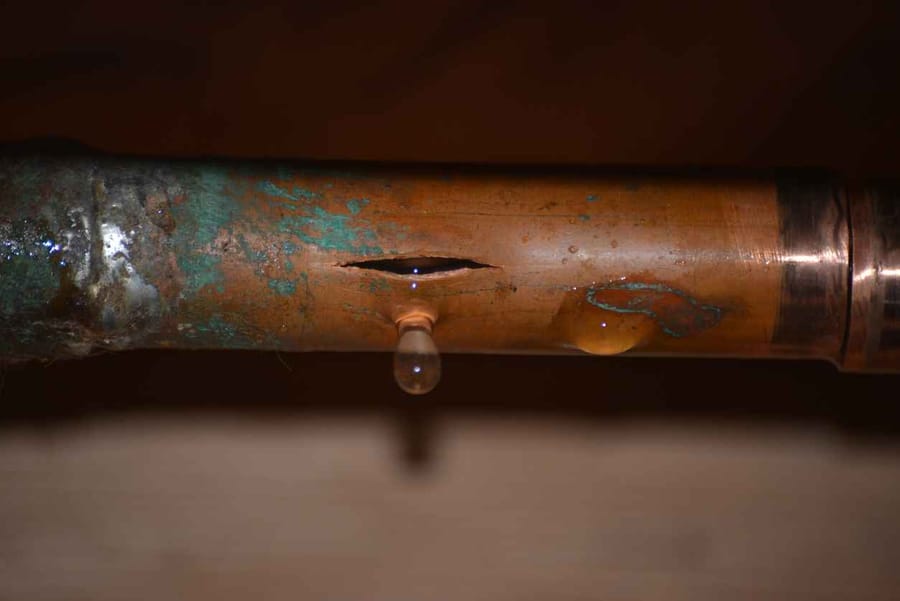
5 Signs Your Pipes Need Repair Before They Burst: A Guide for Buffalo Homeowners
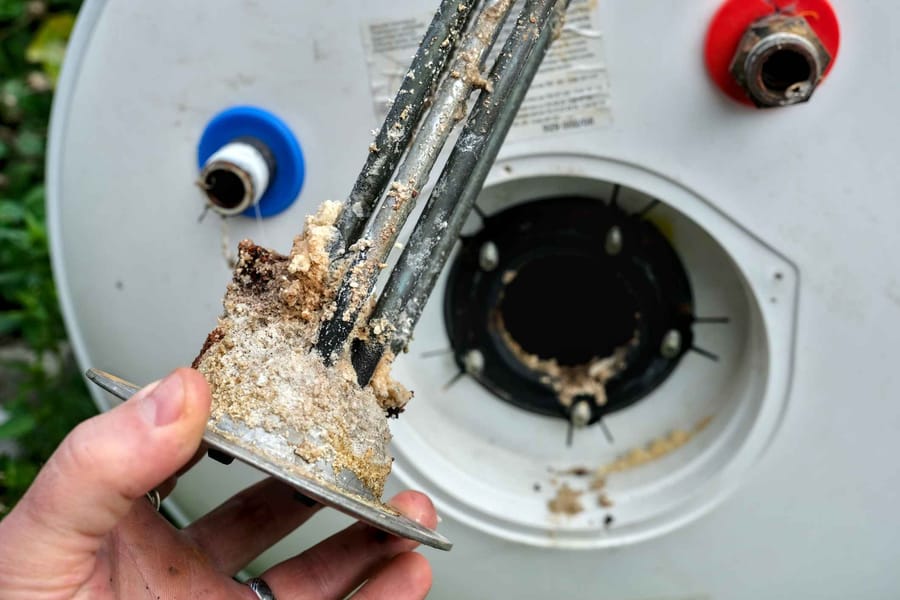
Why Regular Plumbing Maintenance Pays Off in the Long Run
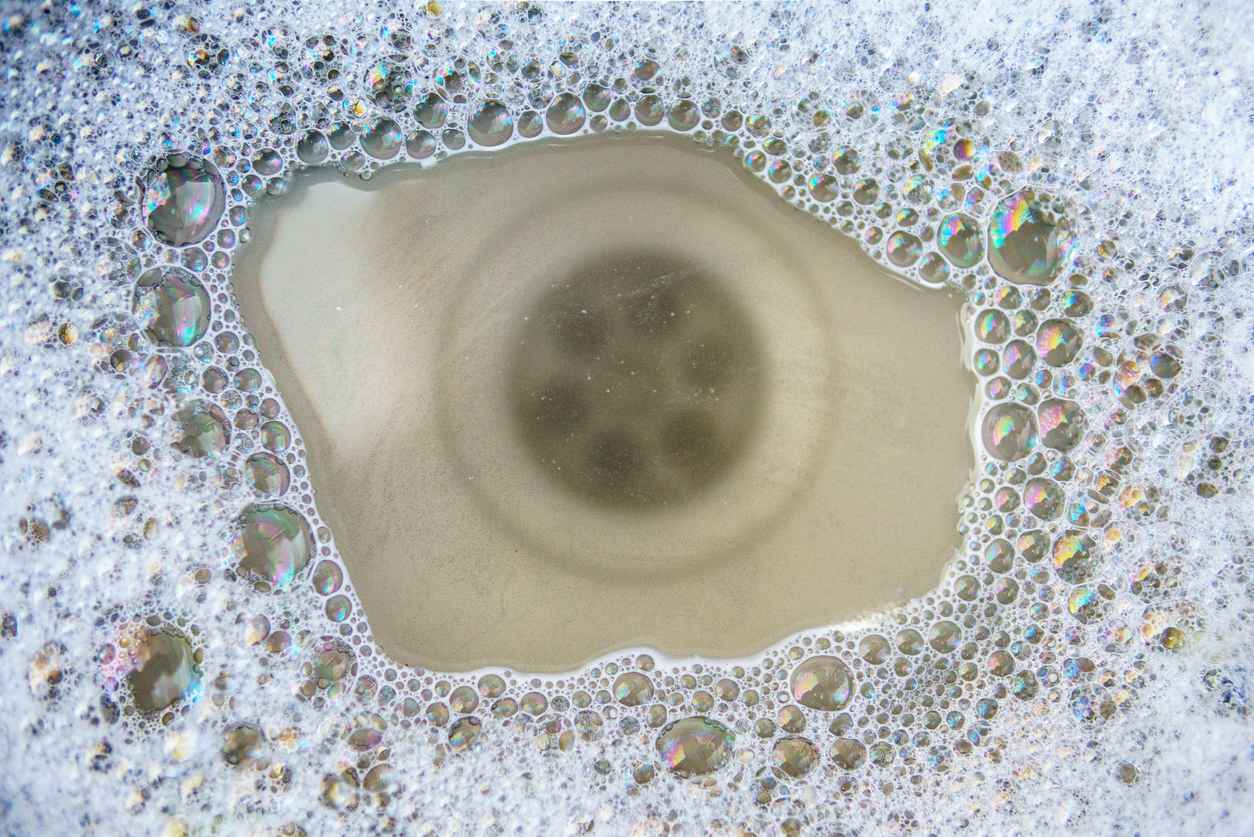
Mastering Residential Plumbing and Drain Care: Pro Techniques for Leak Prevention, Pipe Longevity, and Eco-Friendly Maintenance
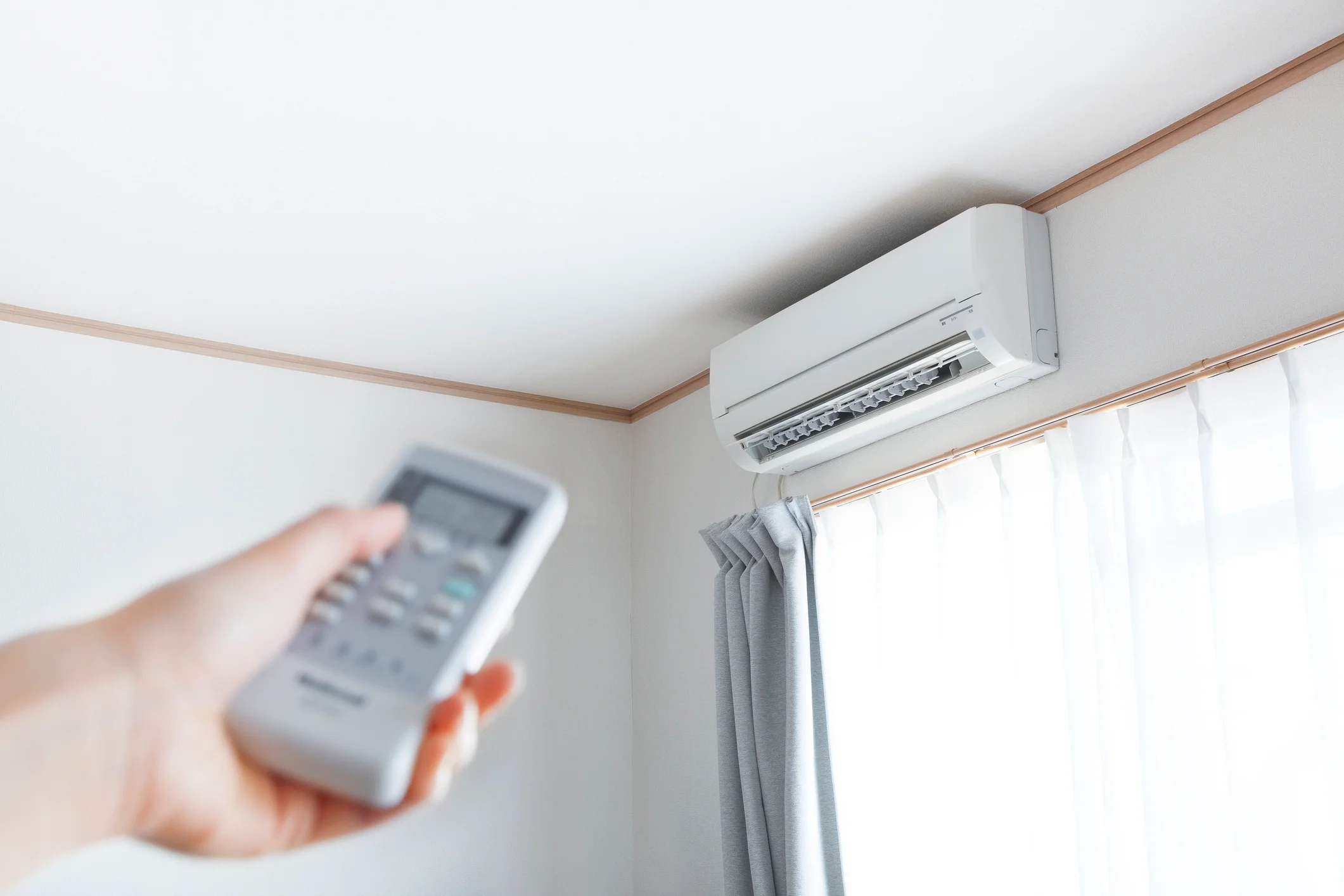
What Is a Mini Split, and How Is It Different from Central Air and Other HVAC Options?

An In-Depth HVAC Efficiency Audit: How to Diagnose Performance Issues, Enhance Indoor Air Quality, and Cut Energy Costs
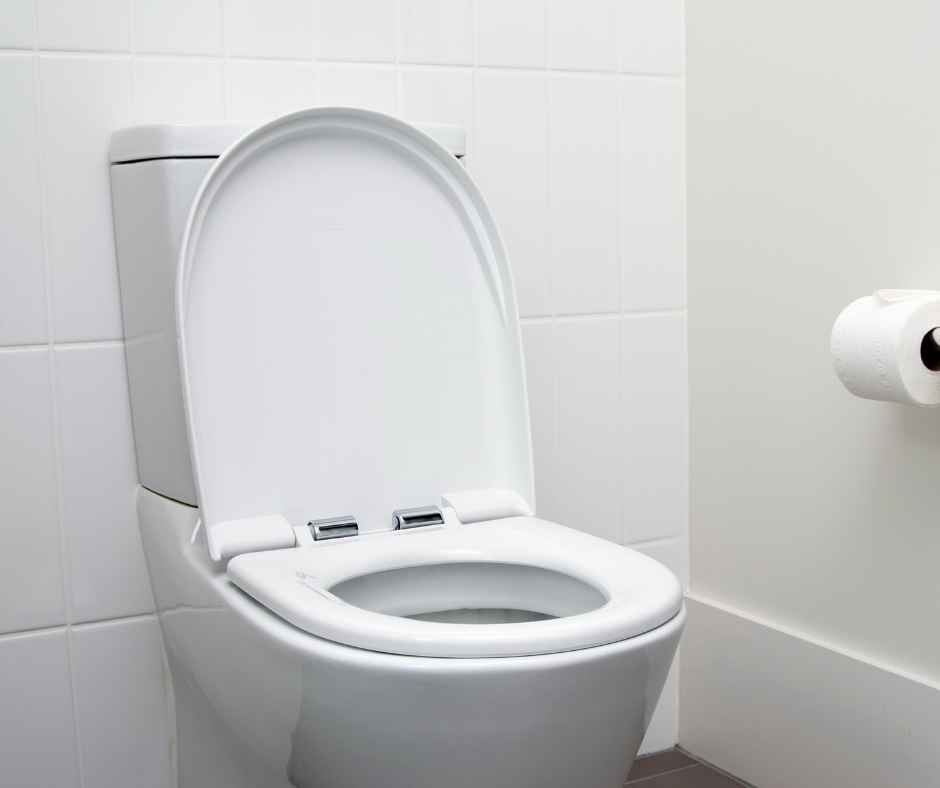
Why Is My Toilet Running?
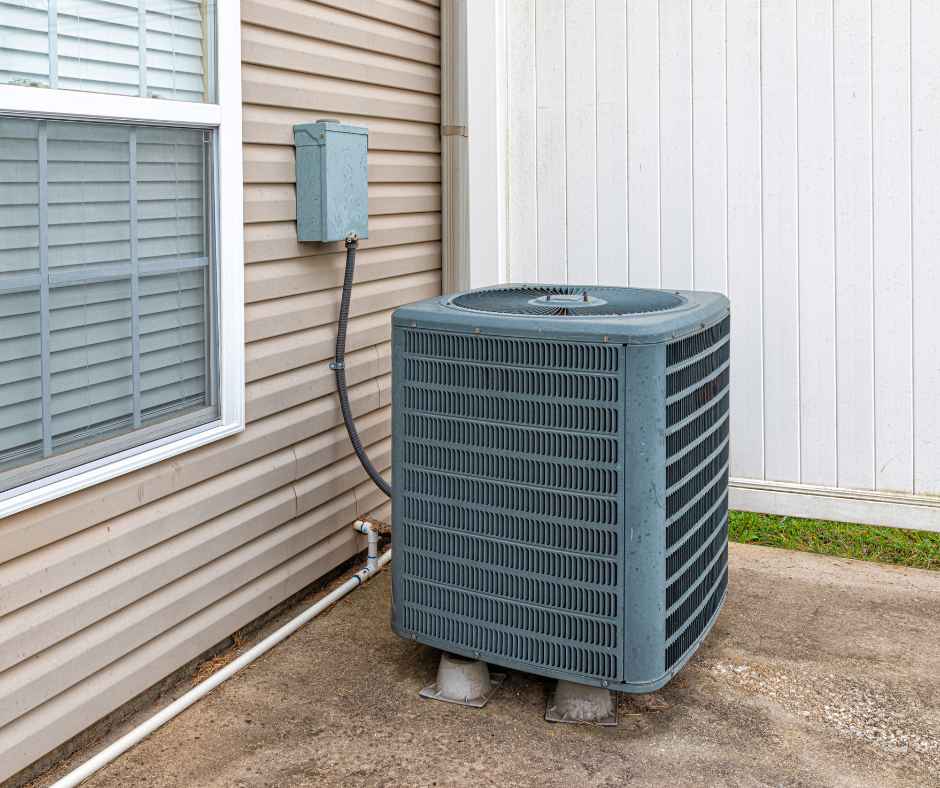
Why Is My Air Conditioner Short Cycling?
Get in Touch
